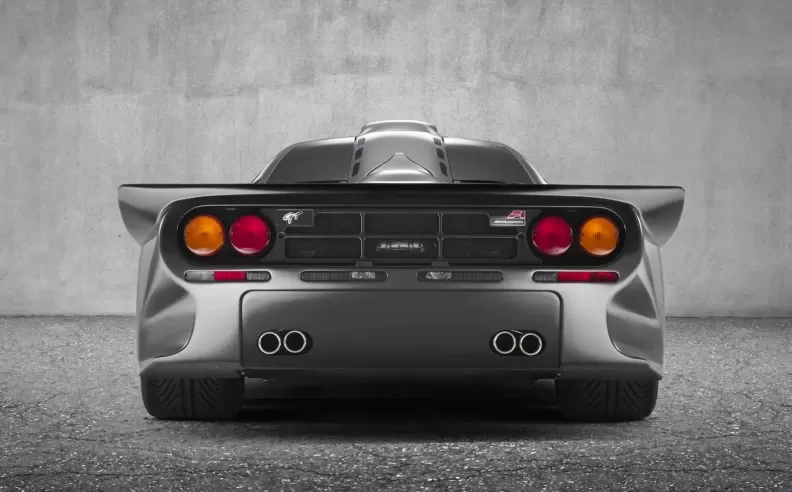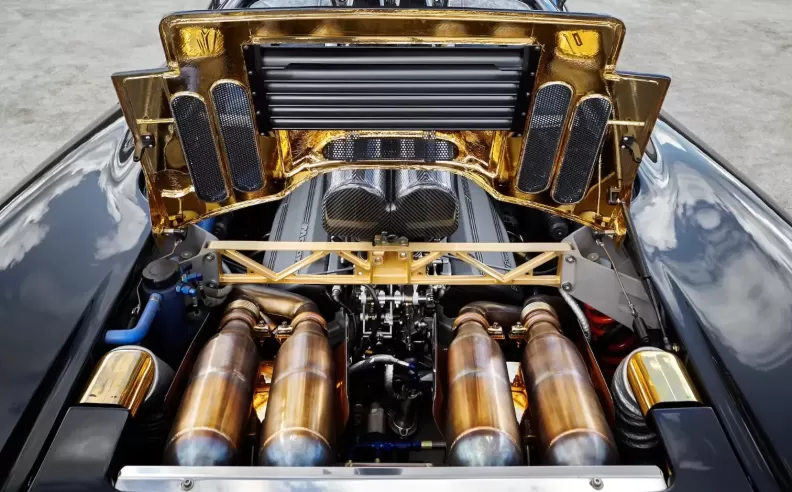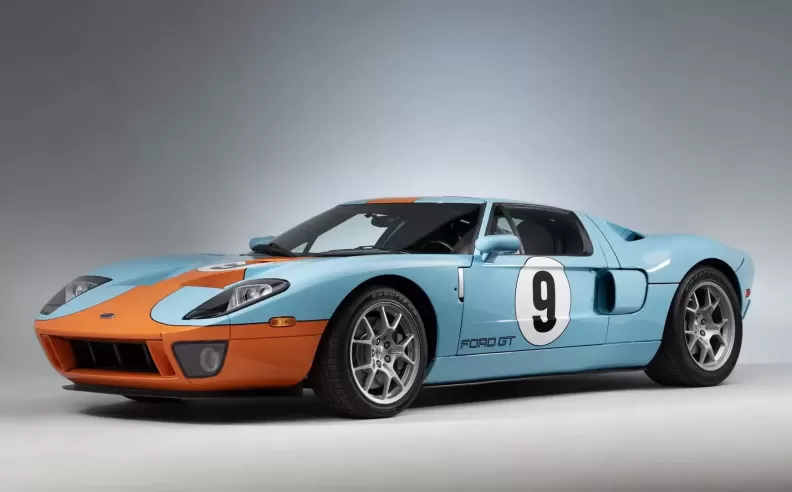
When McLaren unveiled the F1 in 1992, it wasn’t just another high-performance sports car; it was a revolution. Designed by Gordon Murray, the F1 redefined what a road-legal supercar could be, setting new standards for speed, engineering, and innovation. Its three-seater layout, Formula 1-inspired aerodynamics, and groundbreaking carbon-fiber monocoque pushed the boundaries of automotive technology. Even today, the McLaren F1 remains one of the most revered and sought-after supercars in history.

The idea for the McLaren F1 was born in the mind of Gordon Murray long before the first prototype took shape. Inspired by his experience in Formula 1, Murray envisioned a supercar that prioritized lightweight construction, driver engagement, and ultimate speed. Unlike most sports cars of its time, the F1 placed the driver at the center of the cockpit, flanked by two passenger seats positioned slightly behind. This unique layout provided exceptional visibility and a perfectly balanced driving experience.
McLaren refused to cut corners during development. The car featured the world’s first carbon-fiber monocoque chassis in a production vehicle, ensuring it was both incredibly light and extremely strong. Titanium and magnesium components further reduced weight, while gold-lined engine bay insulation helped manage the extreme heat generated by the massive V12 powerplant.

Unlike many supercars of the 1990s that relied on turbochargers, the McLaren F1 was powered by a naturally aspirated 6.1-liter BMW V12 engine. Producing 618 horsepower, this high-revving masterpiece propelled the car to record-breaking speeds. With its ultralight 1,138 kg weight, the F1 achieved a 0-100 km/h time of just 3.2 seconds, but its true claim to fame came in 1998 when it hit a staggering 386.4 km/h, making it the fastest production car in the world at the time.
Every detail of the F1’s engineering focused on maximizing performance. The six-speed manual gearbox, lightweight aerodynamics, and rear-wheel-drive setup delivered an unmatched connection between the driver and the road. Even without electronic driving aids like ABS or traction control, the McLaren F1 remained a precision instrument in the hands of a skilled driver.

With only 106 units produced, including 28 track-focused GTR versions, the McLaren F1 remains a rare and highly coveted collector’s item. Over the years, its value has skyrocketed, with pristine examples fetching record-breaking sums at auctions.
But beyond its exclusivity, the McLaren F1 is remembered for shaping the future of McLaren’s road car division. Its innovations directly influenced the design of later models like the McLaren P1 and McLaren Speedtail, ensuring its DNA lives on in modern hypercars. More than just a machine, the F1 represents a pinnacle of automotive excellence, a car that redefined what was possible—and one that remains unmatched in pure driver-focused engineering.

Started my career in Automotive Journalism in 2015. Even though I'm a pharmacist, hanging around cars all the time has created a passion for the automotive industry since day 1.

